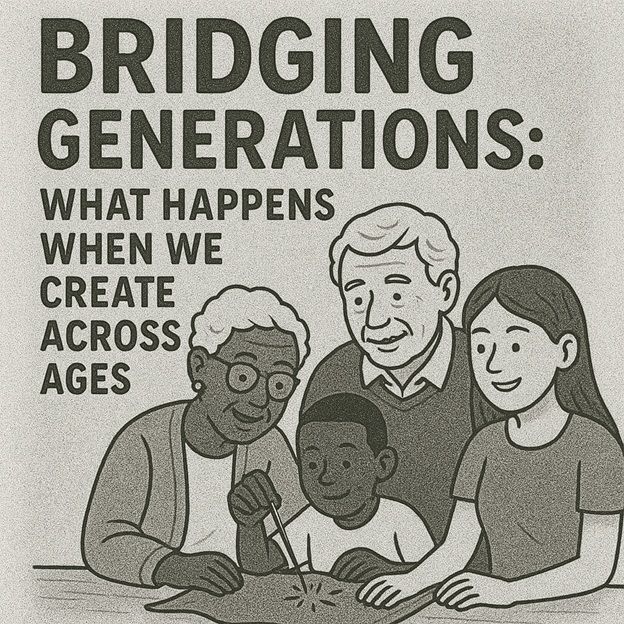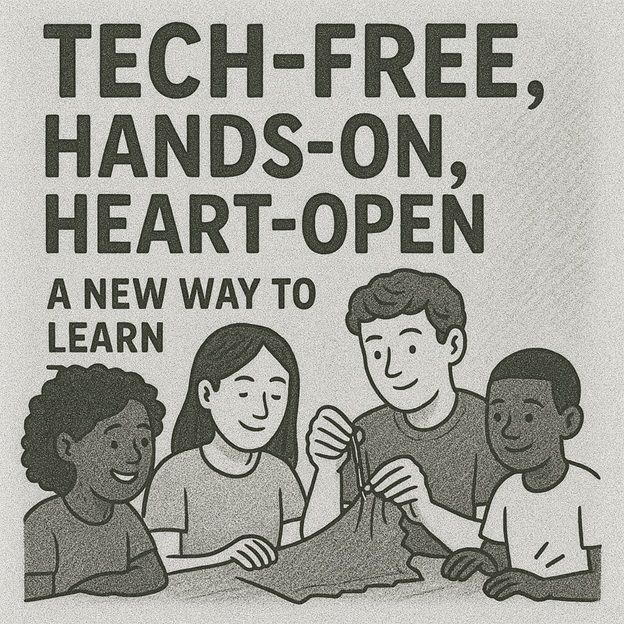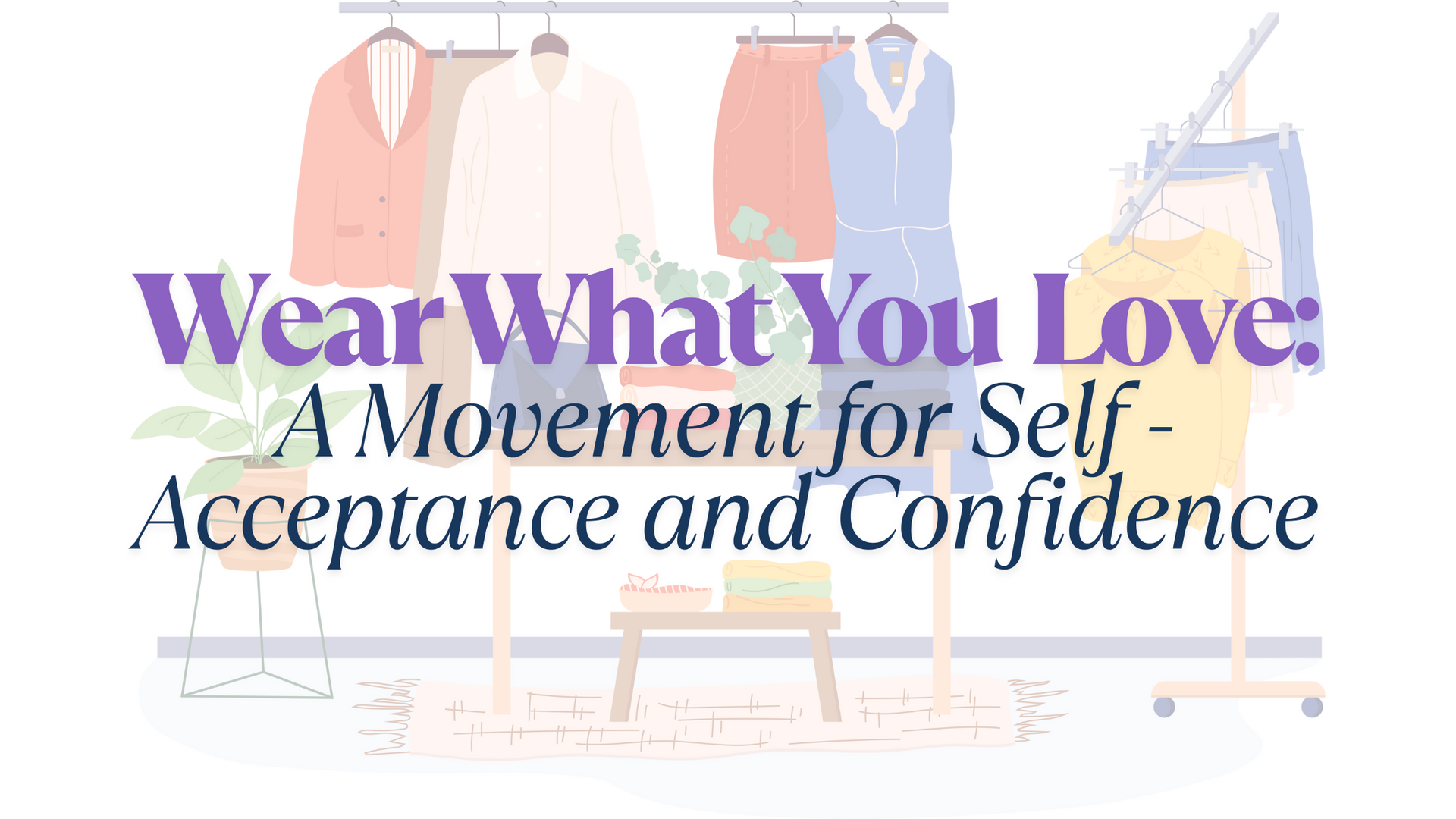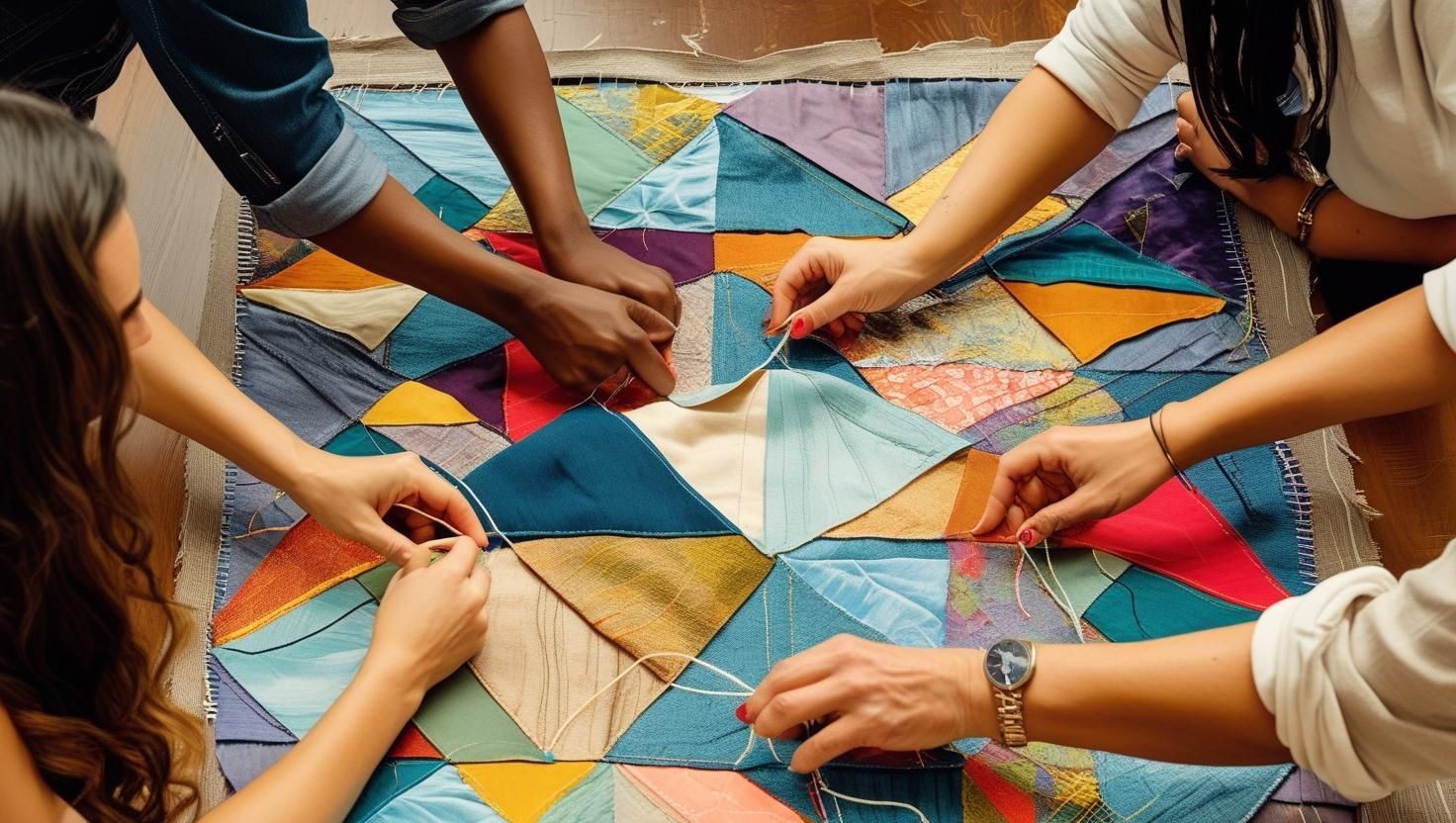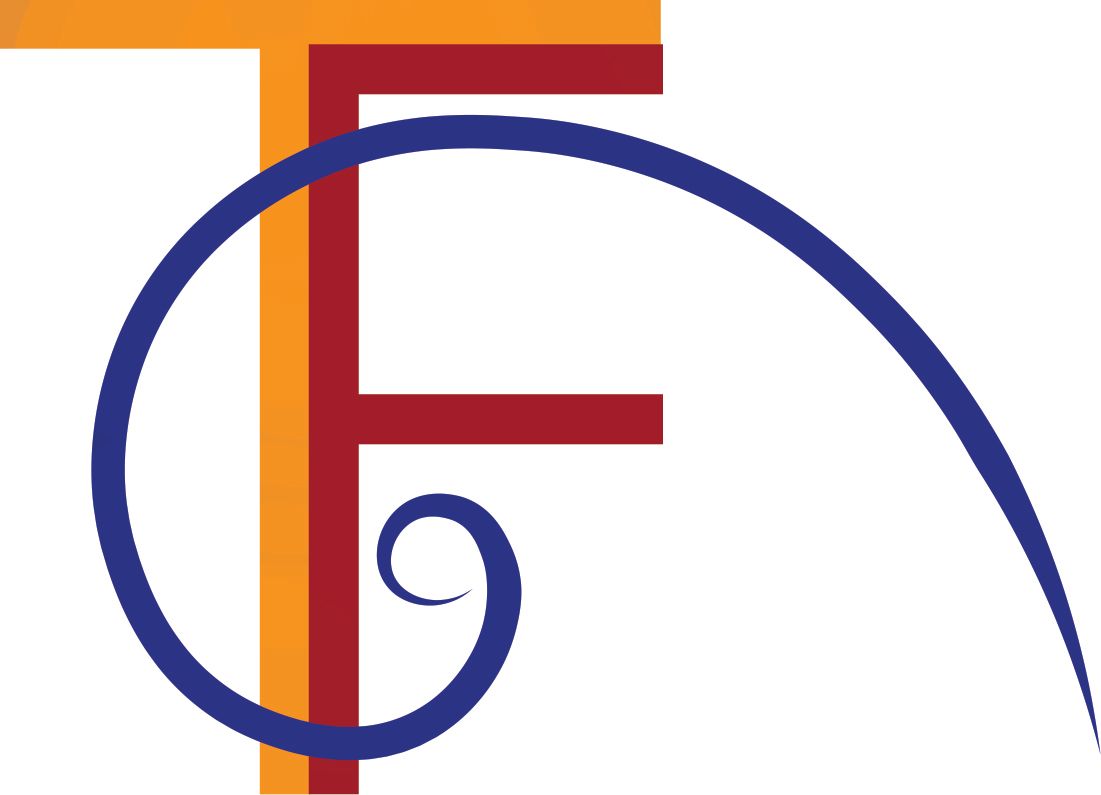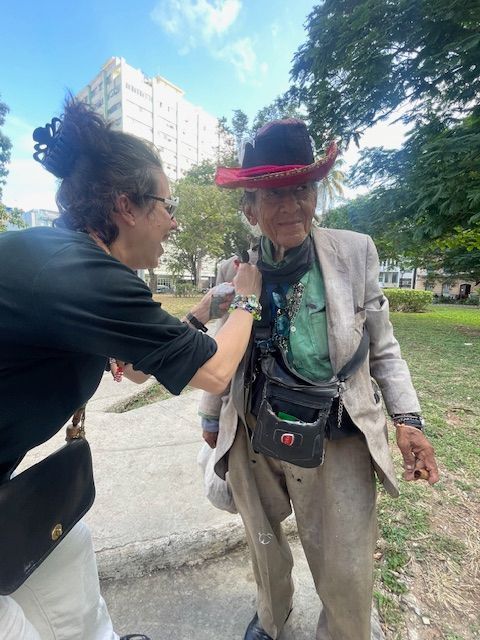🧠 Creativity and the Brain: Why Making Things Matters

What if we treated making art like taking a multivitamin for the brain?
At The Fashion Community, we see firsthand how engaging in creative practices—like sewing, styling, designing, and mending—does more than build skills. It rewires the brain. And science agrees.
The Neuroscience of Making
Creativity activates a vast neural network, especially the default mode network (responsible for introspection and daydreaming) and the executive function network (involved in planning and problem solving).¹
When someone draws, sews, or builds, they:
● Improve emotional regulation
● Boost memory and learning retention
● Enhance focus and decision-making
● Experience flow states that increase dopamine, the brain’s natural reward chemical²
In simple terms: creativity helps us feel better, think better, and relate better.
Creativity as a Tool for Healing
For children who’ve experienced trauma or stress, the opportunity to express themselves through fashion or design can be life-changing.
Tearing fabric to make fringe.
Drawing golden cracks on a black dress.
Adding patches to something broken.
These aren’t just design choices. They’re therapeutic acts.
They help reframe pain into power.
They turn shame into art.
Creative Thinking = Real-World Resilience
When we teach kids how to turn an old T-shirt into a tote bag, we’re also teaching:
● Flexibility: “If one method fails, try another.”
● Innovation: “What else could this become?”
● Confidence: “I did this with my hands and my mind.”
These are not just “arts and crafts.” These are executive function skills.
Skills that help students do better in school, build better relationships, and make better choices.
The Adult Brain Needs Creativity, Too
In a society where most adults feel overworked and under-inspired, reintroducing creative habits reduces burnout and improves cognitive performance.
And unlike digital distractions, making things by hand quiets the mind without numbing it.
It’s not zoning out—it’s tuning in.
A Message for Everyone
If your brain feels tired, your spirit stretched, or your thoughts scattered:
Try making something.
Not to be perfect.
Not to impress anyone.
But to remember what it feels like to be present, curious, and alive.
Creativity isn’t extra.
It’s essential.
Beaty, R. E., et al. (2018). Creative cognition and brain network dynamics. Trends in Cognitive Sciences.
Csikszentmihalyi, M. (1990). Flow: The Psychology of Optimal Experience.
American Psychological Association. (2022). Art-making and stress reduction: A neuroscientific view.
The Fashion Community's Blog
